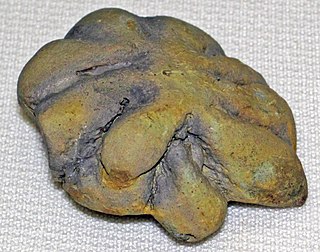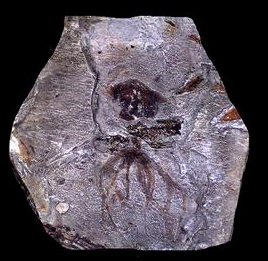 W
WArchelon is an extinct marine turtle from the Late Cretaceous, and is the largest turtle ever to have been documented, with the biggest specimen measuring 460 cm (15 ft) from head to tail, 400 cm (13 ft) from flipper to flipper, and 2,200 kg (4,900 lb) in weight. It is known only from the Dakota Pierre Shale and has one species, A. ischyros. In the past, the genus also contained A. marshii and A. copei, though these have been reassigned to Protostega and Microstega, respectively. The genus was named in 1895 by American paleontologist George Reber Wieland based on a skeleton from South Dakota, who placed it into the extinct family Protostegidae. The leatherback sea turtle was once thought to be its closest living relative, but now, Protostegidae is thought to be a completely separate lineage from any living sea turtle.
 W
WArchelon is an extinct marine turtle from the Late Cretaceous, and is the largest turtle ever to have been documented, with the biggest specimen measuring 460 cm (15 ft) from head to tail, 400 cm (13 ft) from flipper to flipper, and 2,200 kg (4,900 lb) in weight. It is known only from the Dakota Pierre Shale and has one species, A. ischyros. In the past, the genus also contained A. marshii and A. copei, though these have been reassigned to Protostega and Microstega, respectively. The genus was named in 1895 by American paleontologist George Reber Wieland based on a skeleton from South Dakota, who placed it into the extinct family Protostegidae. The leatherback sea turtle was once thought to be its closest living relative, but now, Protostegidae is thought to be a completely separate lineage from any living sea turtle.
 W
WBrooksella alternata is a species of lobate Cambrian fossil sponge found in the Conasauga Formation of Alabama and Georgia. These fossils are often referred to as "star-cobbles" for their distinct lobate appearance, generally with 6 or more lobes.
 W
WIsodectes is an extinct genus of dvinosaurian temnospondyl within the family Eobrachyopidae. The genus Saurerpeton, named in 1909, is considered to be a junior synonym of Isodectes.
 W
WLeithia is a genus of extinct giant dormice from the Mediterranean islands of Malta and Sicily. It is considered an example of island gigantism. Leithia melitensis is the largest known species of dormouse, living or extinct, being twice the size of any other known species.
 W
WMystriosuchus is an extinct genus of phytosaur that lived in the Late Triassic in Europe. It was first named by Eberhard Fraas in 1896, and includes three species: M. westphali, M. steinbergeri and the type species, M. planirostris.
 W
WNotosuchus is an extinct genus of South American notosuchian crocodylomorph. It was terrestrial, living approximately 85 million years ago in the Coniacian or Santonian stages of the Late Cretaceous.
 W
WPalaeoctopus newboldi is an extinct basal octopod that lived in the Late Cretaceous, approximately 89 to 71 million years ago. Fossil material assigned to this species originates from the Mount Hajoula region in Lebanon. The holotype was found below the Old Covent, Sahel-el-Alma, Mount Lebanon and is deposited at the Natural History Museum in London. It might belong to the Cirrina or be more basal in the Octopoda. Specimens from the Turonian of Vallecino, Mexico, originally described as P. pelagicus, are reinterpreted to be portions of a coelacanth.
 W
WSelenosteus brevis is a large selenosteid arthrodire placoderm known from the Famennian Cleveland Shale of Ohio. Scrappy remains from the Frasnian Rhinestreet Shales of Erie County, New York, were attributed by Hussakof and Bryant to this genus in 1919, but, this identification is doubtful. A second species, S. kepleri, was described in 1901, but, not enough differences can be seen between its specimens, and those of the type species to warrant new species status.